Tried Nood Flasher Pro for Hair Removal, Here’s What Happened

If you’ve ever followed a skincare trend promising glowing skin, only to end up with a red, tight, or flaky face, you're not alone. Many people with dry skin struggle to find the right skincare products and glowing skin routine that smooth, not strip, their skin. Exfoliation is one of those tricky steps in any skincare routine, especially for dry skin types. While it's necessary for the elimination of dead skin cells and radiance boosting, it can also be irritating if done incorrectly.
So, how do you exfoliate dry skin correctly without worsening it? Let's break it down step by step.
Why Exfoliating Dry Skin is Tricky
Dry skin is inherently more delicate. It doesn't have as much water in it and tends to have a less oil-rich defense system, so it's simpler to injure. Avoid over-exfoliating, it can strip away the minimal natural oil and leave your skin red, flaky, or painful.
Most exfoliants, particularly gritty scrubs or harsh acids, can be too tough. That's why dry skin requires a smoother, smarter strategy that addresses smooth dry skin outcomes without creating additional dryness.
Signs You're Overdoing It
The following are rapid signs that you may be exfoliating too frequently:
- Your skin is tight or burns after exfoliating
- You see more flaking than normal
- Redness or irritation occurs
- Makeup doesn't look right
- Skin is dry even with moisturizer
If these sound familiar, then it's time to follow these exfoliation tips for dry skin and adjust your strategy.
Top Products to Exfoliate Dry Skin In A Gentle Way
Dry skin requires soft, moisturizing exfoliants. Seek out products that don't dry the skin out. Here are some top recommendations:
1. Paula's Choice Skin Perfecting 8% AHA Gel Exfoliant
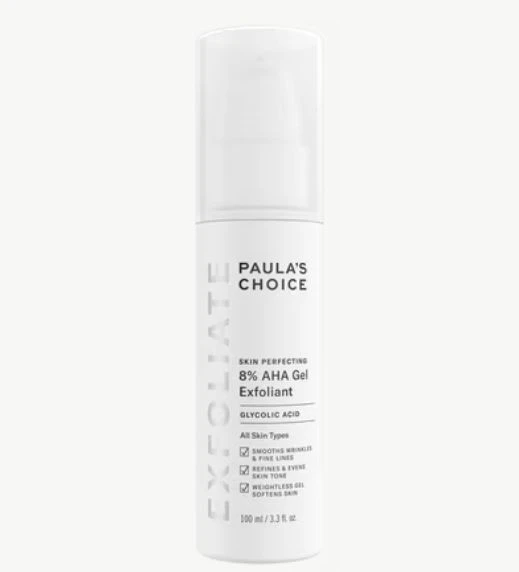
Image Source: Paulas Choice Skincare
Contains glycolic acid but in a gentle, gel formula that moisturizes while it exfoliates.
2. The Ordinary Lactic Acid 5% + HA
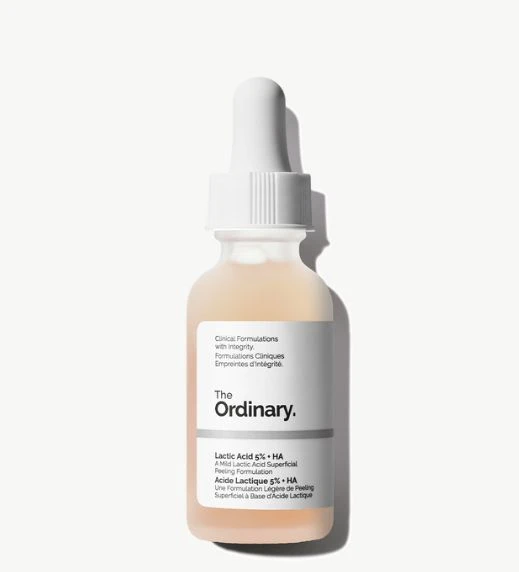
Image Source: The Ordinary
Soft, effective, and affordable. Lactic acid is one of the best dry skin exfoliation ingredients.
3. Tatcha Rice Enzyme Powder

Image Source: Tatcha
A water-activated creamy powder that's extremely soft and perfect for gentle exfoliation.
4. Drunk Elephant T.L.C. Babyfacial
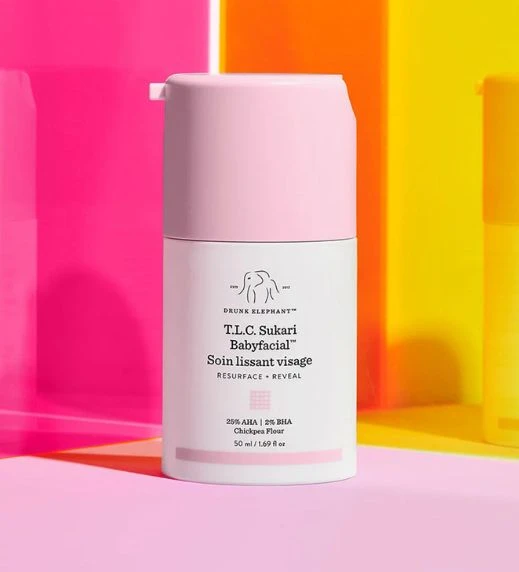
Image Source: Drunk Elephant
An enzyme mask that resurfaces but won't over-dry.
5. First Aid Beauty Facial Radiance Pads
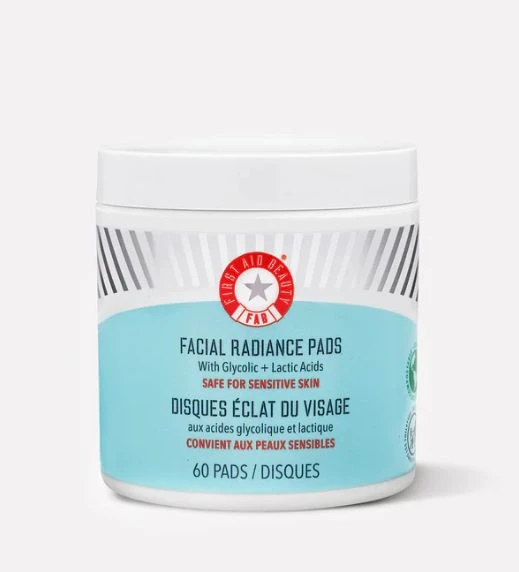
Image Source: First Aid Beauty
Pre-soaked pads infused with lactic and glycolic acids; good for sensitive, dry skin.
6. Glow Recipe PHA + BHA Pore-Tight Toner

Image Source: Glow Recipe
Utilizes PHA, which is a much weaker acid, excellent for dry skin that requires a pick-me-up.
When selecting the best exfoliator for dry skin, opt for creamy exfoliators, enzyme masks, or toners containing lactic acid or mandelic acid, both are effective and gentle on sensitive skin.
How to Exfoliate Dry Skin the Right Way
- Start Clean: Begin with a gentle, moisturizing cleanser that does not strip your skin.
- Choose the Right Product: Select one of the mild exfoliators mentioned above, something containing mild acids or enzymes.
- Use with Caution: Use sparingly. If it's a physical scrub, don't scrub hard—just gently glide.
- Exfoliate Rarely: Exfoliate only 1–2 times a week. That's all it takes to revitalize without damaging.
- Hear Your Skin Out: If it becomes sore or flaky afterwards, back off.
This gentle approach keeps your skin in balance and your barrier intact.
Don't Forget to Moisturize
Hydrating after exfoliating is an important step that must never be missed. After exfoliating, your skin becomes more receptive and the best time to use moisturizing products. This seals in moisture and keeps your skin barrier safe. To benefit the most, grab a serum or a moisturizer that contains ingredients famous for being soothing and hydrating.
Seek out hyaluronic acid, which pulls moisture into the skin, and glycerin, a potent humectant that keeps skin soft. Ceramides are needed to repair the skin barrier, and aloe vera soothes any irritation or redness that comes with exfoliating.
All together, these ingredients make your skin feel smooth, hydrated, and rejuvenated, instead of dry or tight. Hydrate after exfoliation, it not only keeps dryness at bay but also boosts your overall radiance and complexion.
Final Tips for a Glowing Skin Regimen
- Don't exfoliate immediately before sun exposure or retinol use.
- Apply SPF daily, exfoliated skin is more susceptible to UV damage.
- Always patch test new products.
- Introduce exfoliation into your glowing skin regimen gradually, don't try to rush results.
- Pair exfoliation with good sleep, water consumption, and barrier-nourishing skincare.
Skincare tips for dry skin always circle back to balance: strip away the dull layers without injuring your skin's natural defenses.
Dry skin doesn't necessitate avoiding exfoliation altogether, it just requires you to be more careful how and when you do it. With proper products, a gentle touch, and a balanced skincare regimen, you can bid adieu to dull, flaky skin and hello to smoother, healthier glow.
FAQs
1. Should I exfoliate in the morning or at night?
Night is best, your skin rejuvenates at night, so exfoliating at night allows it to better absorb products.
2. What not to do after exfoliating?
Don't use harsh ingredients such as retinol, heavy acids, or scrubs. Don't miss moisturizer or sunscreen.
3. Why do I still have dead skin after exfoliating?
You can be over-exfoliating or using a product that is not suitable for you. Dry skin tends to require hydration rather than exfoliation, moisturize generously.


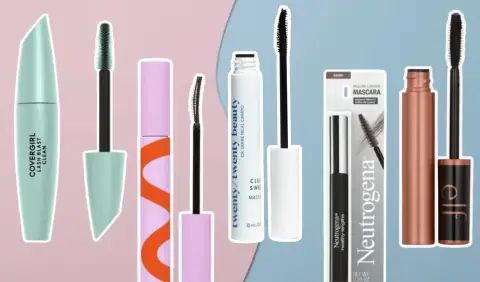
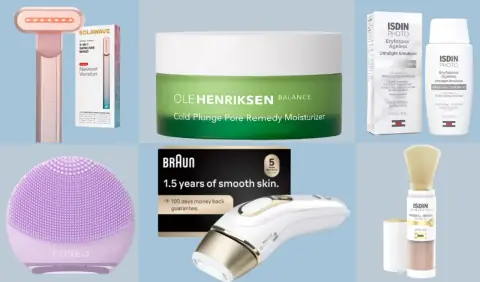
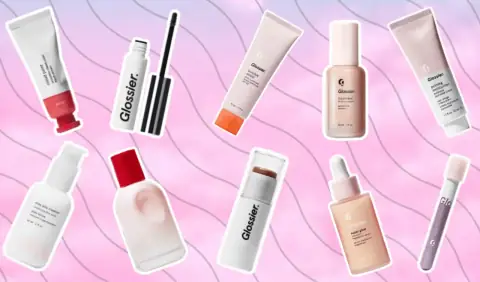



 (1).sm.webp)



